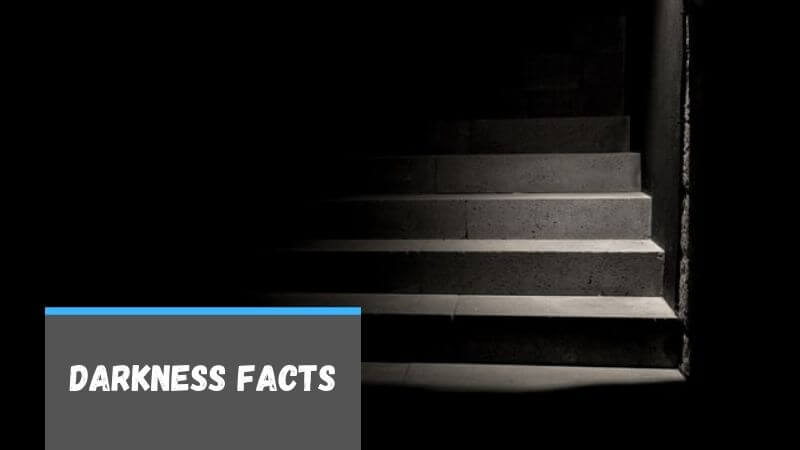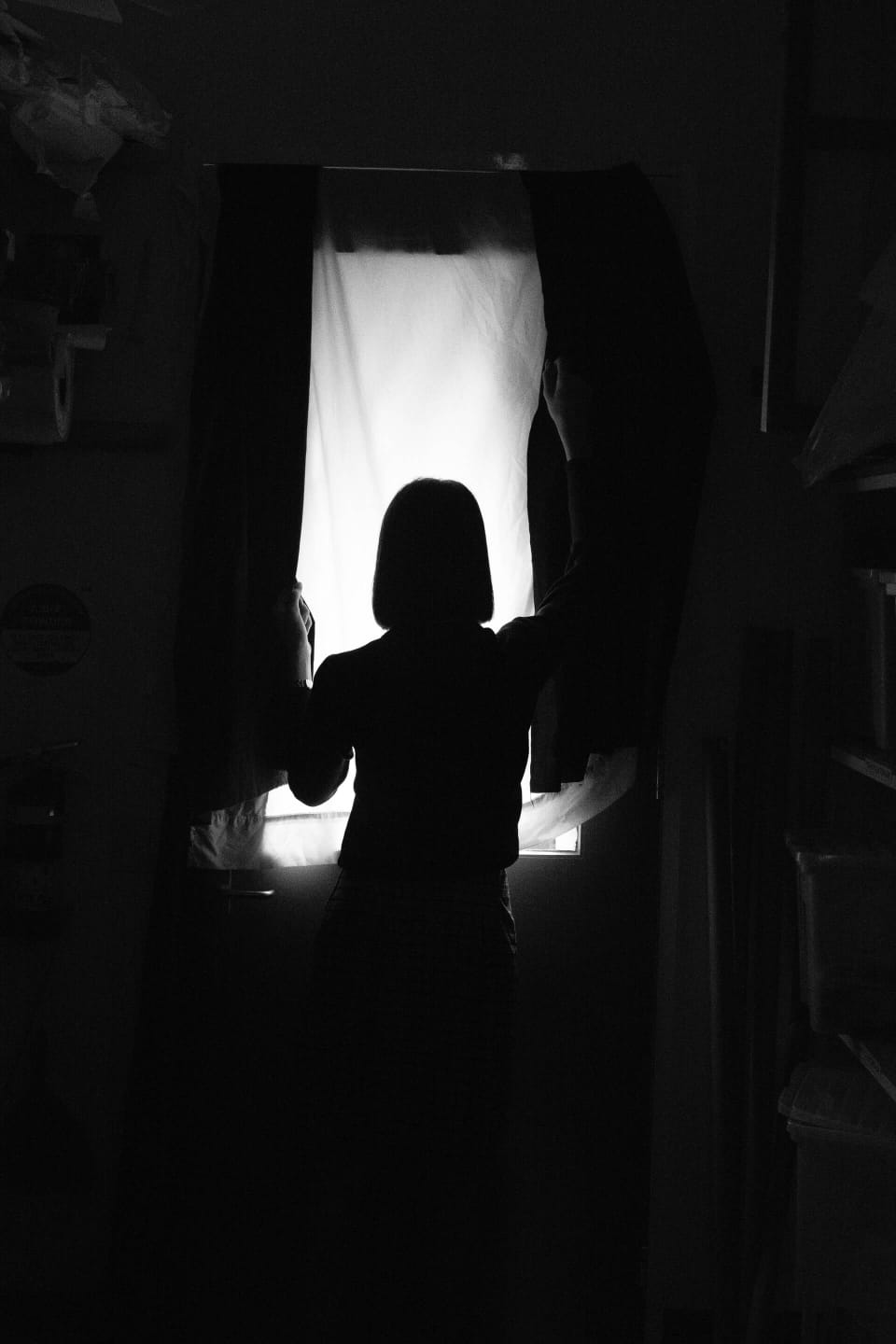
What is Darkness? Darkness is the absence of light. Did you know that darkness is an essential part of the Earth’s ecosystem? It helps in growth and development.
Moreover, there are many other advantages of darkness. One of the most important is that it allows us to rest and rejuvenate. When you sleep, your bodies and minds recharge in the dark. It enables you to function better during the day.
It also has a calming effect and it can be soothing to relax in a dark room after a long day. Further, the darkness can help you disconnect from the world and focus on yourself.
However, darkness has a few disadvantages. One of the biggest is that it can be a place of danger. It is difficult to see what is happening around you without light, leading to accidents or injuries.
Additionally, it is difficult to identify potential threats without light and protect yourself from them. Darkness can also be a source of weakness. When you can’t see what’s going on around you, you’re at a disadvantage in any situation. It can be an issue when trying to defend yourself or accomplish something.
Further, the sky’s darkness can be measured using a Bortle scale. This scale has nine levels. Level one shows that the sky is darkest, while level 9 shows it is the least dark.

You will explore the thirty-four most exciting facts about the darkness for kids in this post. So, come along on a journey into the mysterious world of darkness! Are you ready?
Let’s dive in!
33 Facts about Darkness for Kids:
1. Plants don’t do photosynthesis in the dark. Plants perform photosynthesis to make food for themselves using carbon dioxide and water.
2. Plants don’t stop respiration in the dark they respire all the time. Respiration is a process that breaks down glucose to obtain energy for the plants using oxygen.
3. Most of the seeds germinate well in the dark.
4. Plants like cacti and other succulents open their stomata in the dark to take in carbon dioxide for photosynthesis.
5. Heterotroph(Non-Photosynthesizing) plants can grow in complete darkness. They don’t need to do photosynthesis as they don’t make their food.
6. Darkness play a significant role in impacting the Chloroplast distribution, leaf shape and growth patterns in plants.
7. Calvin Cycle in plants takes place in the dark.
8. Nocturnal animals can see in the dark, and they are more active in darkness. Owls, bats, and foxes are an example of Nocturnal animals.
9. Zooplanktons feed at night near the surface of the water bodies. Jellyfish is an example of a Zooplankton.
10. Amphibians like Frogs and Salamanders glow in the dark.
11. Darkness is not against the white background. Instead, whiteness is against the dark background.
12. Everything that looks dark is not always dark. Few objects that look dark are brighter at a frequency that a human eye can not see.
13. There are light-detecting cells in the human eye called rhodopsin. These cells regenerate when adapting to darkness.
14. Dark objects and surfaces absorb heat; because of this, it is said not to wear dark clothes in the summer.
15. Many people and especially kids fear the darkness. They usually do not stress about the dark but the possibilities of dangers in the dark.
16. The fear of the darkness is called Nyctophobia, and one can overcome it through different therapies.
17. Darkness looks black.
18. Darkness doesn’t occur physically.
19. We can see in the dark because of rod cells that compose a retina present in the eye.
20. Completely blind people see darkness all around them.
21. Light can not penetrate 1000m under the oceans. Thus it is very dark under the deep oceans.
22. Heolstor, genip, and sceadu were used instead of the word darkness in old English.
23. It is very difficult to see in the dark. But there is almost always some light. Thus you can see in the dark after some time.
24. Vantablack is one of the darkest materials known so far. It absorbs visible light up to 99.65%. In the United Kingdom, Surrey Nanosystem developed the Vantablack.
25. If you will mix three primary colours, they will absorb all the visible light, and black colour will form.
26. Mixing three secondary colours will also create black colour as the secondary colours will absorb all the visible light.
27. When vertebrates enter a dark area, the pupil dilates, allowing more light to enter the eye. It improves the night vision of the vertebrates, which is how they can see in the dark.
28. According to physics, an object is dark when it absorbs photons. The absorption of photons makes it appear dim as compared to other things.
29. Paints that are Matte black don’t reflect much visible light. Thus, they look dark. On the other hand, white paints reflect light. Thus they appear bright.
30. Darkness can be used to hide things.
31. Darkness can be used to create an air of mystery or suspense.
32. In literature, darkness is often used to metaphor evil or despair.
33. The scientific side of darkness is a Blackhole. Black holes are zone in space where the gravity is so strong that even light cannot escape. Scientists still don’t know a lot about black holes, but they believe they can suck in everything around them, including stars.
Here is what Terry Pratchett said about darkness:
No matter how fast light travels, it finds the darkness has always got there first and is waiting for it.
Terry Pratchett
Conclusion:

So, the next time you’re looking for a way to feel excited about science and astronomy, consider turning off the lights and spending some time under the stars. With a bit of education and some darkness facts, you can learn all about dark while having fun!
Also, the next time you are in complete darkness and start to feel a little scared, remember that this is a natural response. Your brain has evolved, and while it might be uncomfortable or even a little nervous at first, you can learn to love the dark with a bit of practice!
We hope you find these facts about darkness exciting and learned a lot about it!
